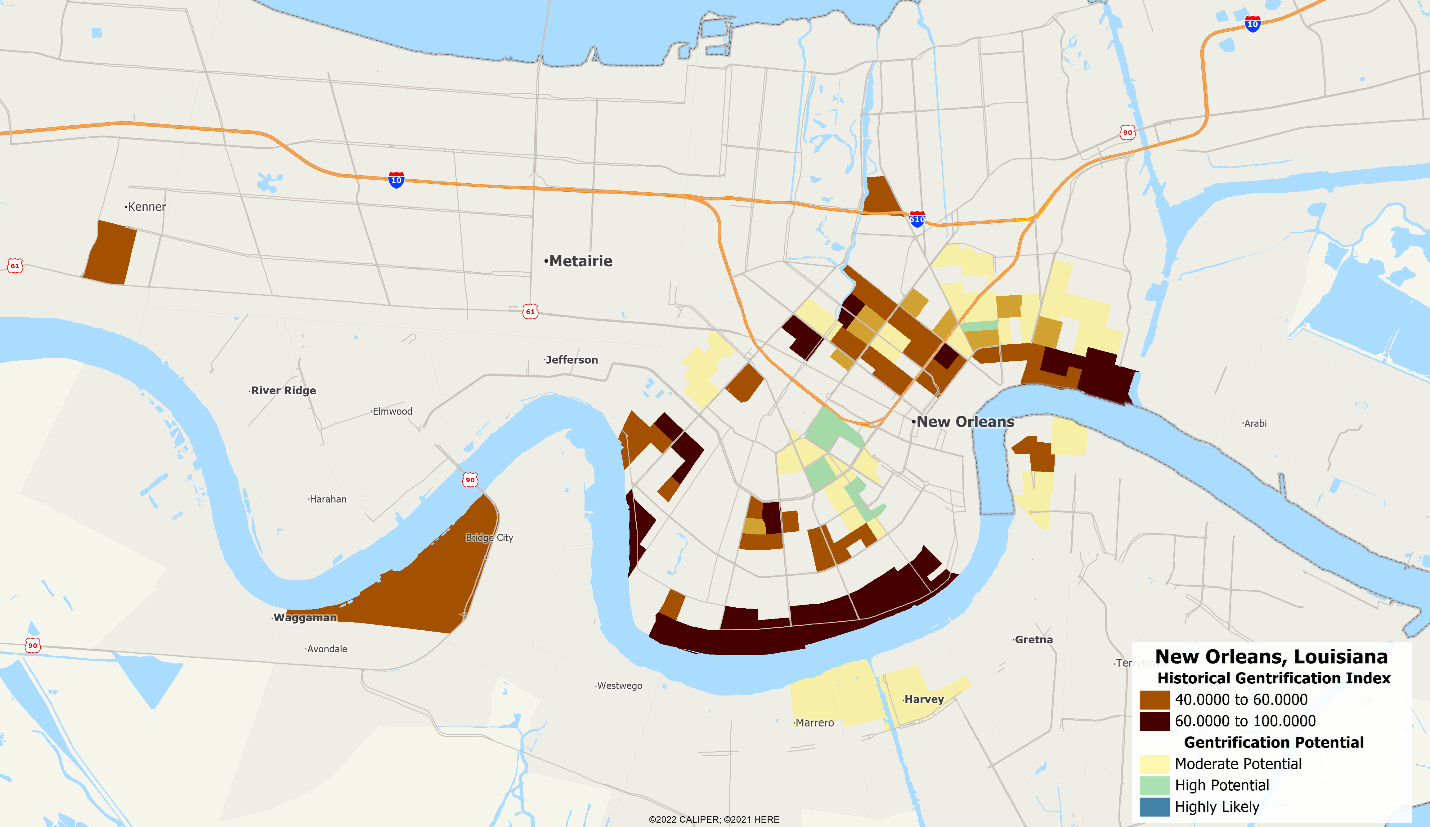Some months ago, we did some exploratory work related to identifying areas of Seattle, WA which have undergone gentrification, which is defined as:
“a process in which a poor area (as of a city) experiences an influx of middle-class or wealthy people who renovate and rebuild homes and businesses, and which often results in an increase in property values and the displacement of earlier, usually poorer residents” (Merriam-Webster)
While we were pleased with the initial effort, we decided that to be broadly useful, two questions need to be addressed –
- What areas have been gentrifying over the last few decades?
- What areas have the highest potential for gentrification in the future?
We can all point to neighborhoods that have been gentrified and can relatively easily spot them ‘in the field’. In any neighborhood, it begins slowly with just a few houses. Often, it ends there, as the ‘gentrification seed’ has not become rooted in the neighborhood. Other times, the pace of redevelopment increases until most of the houses have been gentrified. It often spills into adjacent neighborhoods in what is very much a spatial contagion process. For those interested in the gory methodological details of how we approached this from a purely data perspective, see the accompanying article Creating New Data: Gentrification.
Briefly, gentrification occurs by definition in areas which are below average income and are largely older, single family homes (detached or attached). It is a spatially concentrated phenomenon, and it is not well understood why some neighborhoods experience widespread gentrification while others don’t.
In Los Angeles, gentrification has historically occurred in several areas of the city, often in ‘pockets’ of the city. The darker areas indicate where gentrification has been substantial, with the green and yellow showing areas of potential. The ‘seed’ areas can be clearly identified, and a large area of south-central Los Angeles appears to be ripe for gentrification over the coming decade.

In Philadelphia, the patterns are equally interesting – with the potential spreading from downtown towards the suburbs from several different seed locations.

Finally, in New Orleans, the effects of gentrification are interspersed with the rebuilding after Hurricane Katrina, and significant areas of the old city have been heavily gentrified since the 1990’s:

We summarized the gentrification indexes to the metropolitan area to get a sense of where gentrification has had the most significant impacts on the overall character of the city historically, and those where we expect the most activity in the near future:

Where is New York on this list? Some of the most famous examples of gentrification have been in New York City, but many of those occurred in the 1970’s and 1980’s. Further, in the grand scheme of things, it is relatively minor in relation to the size of the city.
Further testing and refining will undoubtedly occur over the next few months prior to the data being added to the general data release in November.


Recent Comments